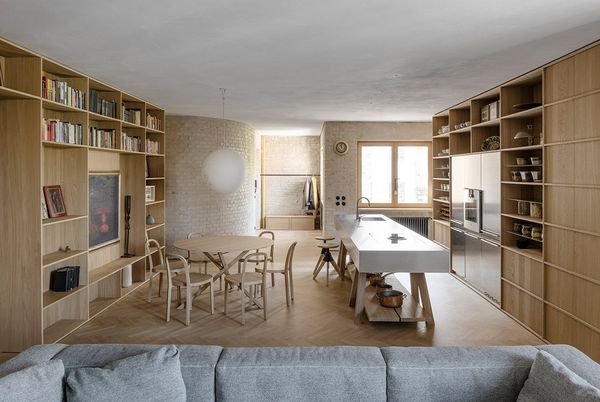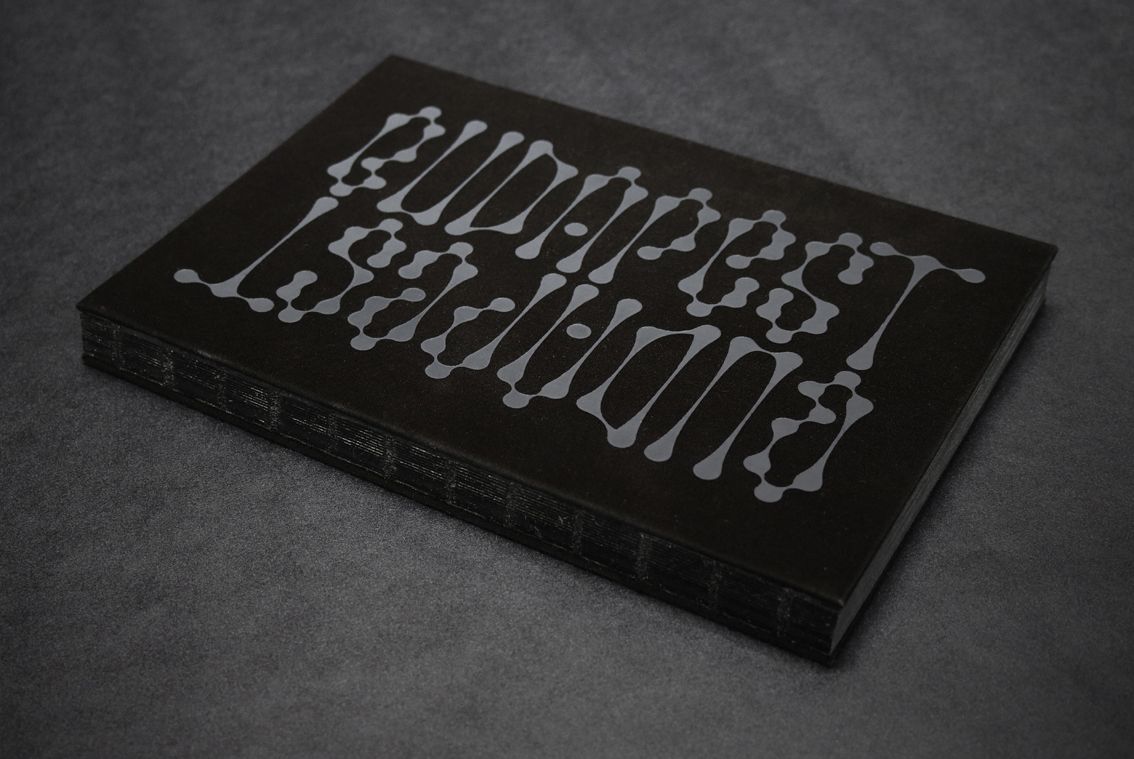The traces and marks of the eras following one after the other, the layers of Budapest can be observed in every corner of the city: both on its buildings and the tiny details of the cityscape. The same way as these layers keep piling on each other, the citizens’ relationship with their environment also keeps changing over time, creating a context not only for their daily routines but also shaping their identity. Dóra Balla’s Budapest is an artist book exceptional both in its content and form about catching time, about the city full of life even in its lifelessness and the personal memories of the author.
“Cretio, Creatio, Recreatio” (acceptance of an inheritance, creation, recreation) – these Latin words hallmark Dóra Balla’s creative attitude as well as her visual approach to the Hungarian capital, its identity-shaping power and her personal memories in the course of creating her book Budapest.
Her latest artist book is not a “quarantine project”: she had already conceived the idea of the book a few years back, yet the majority of the work took place in 2020 and thus the radical change of the world also influenced the material. The quarantine ousted life from Budapest: not a single human figure appears on the pages of the book— instead, it shows how time leaves a mark on the city. Fragmented ornamentations, the buildings of the city in light reflections, worn-out signs and buildings covered in veils appear on the pages.
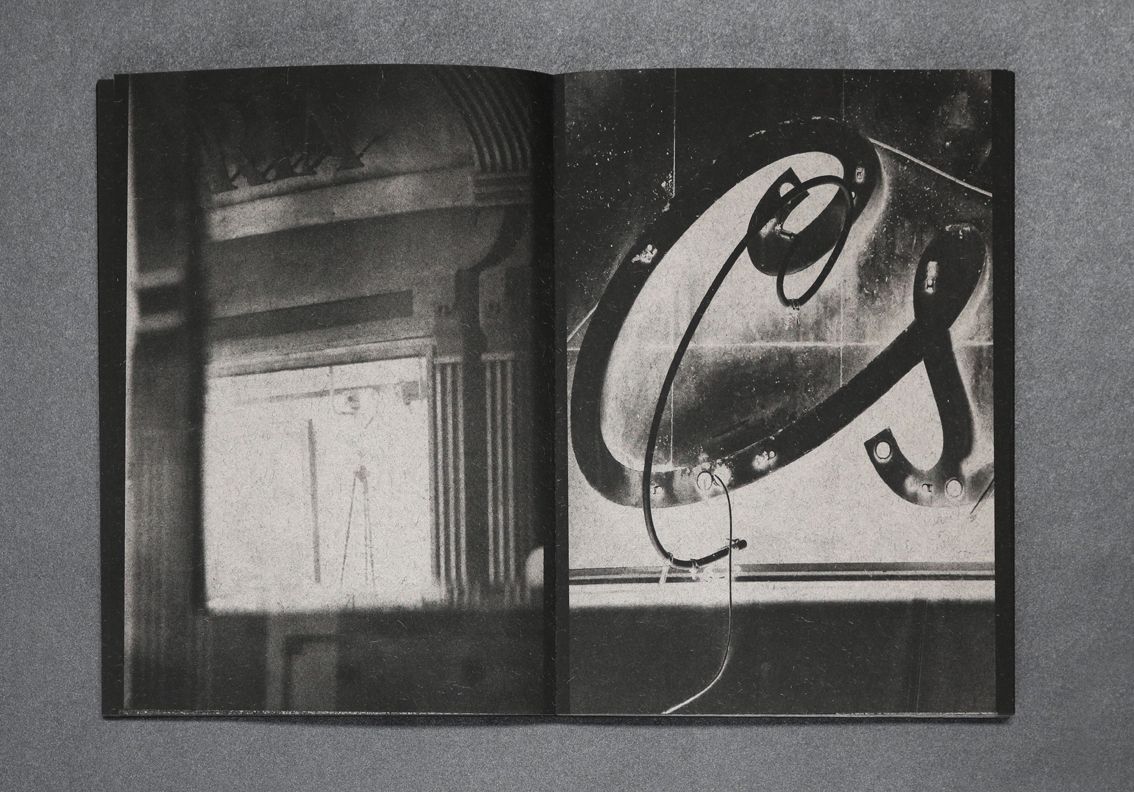
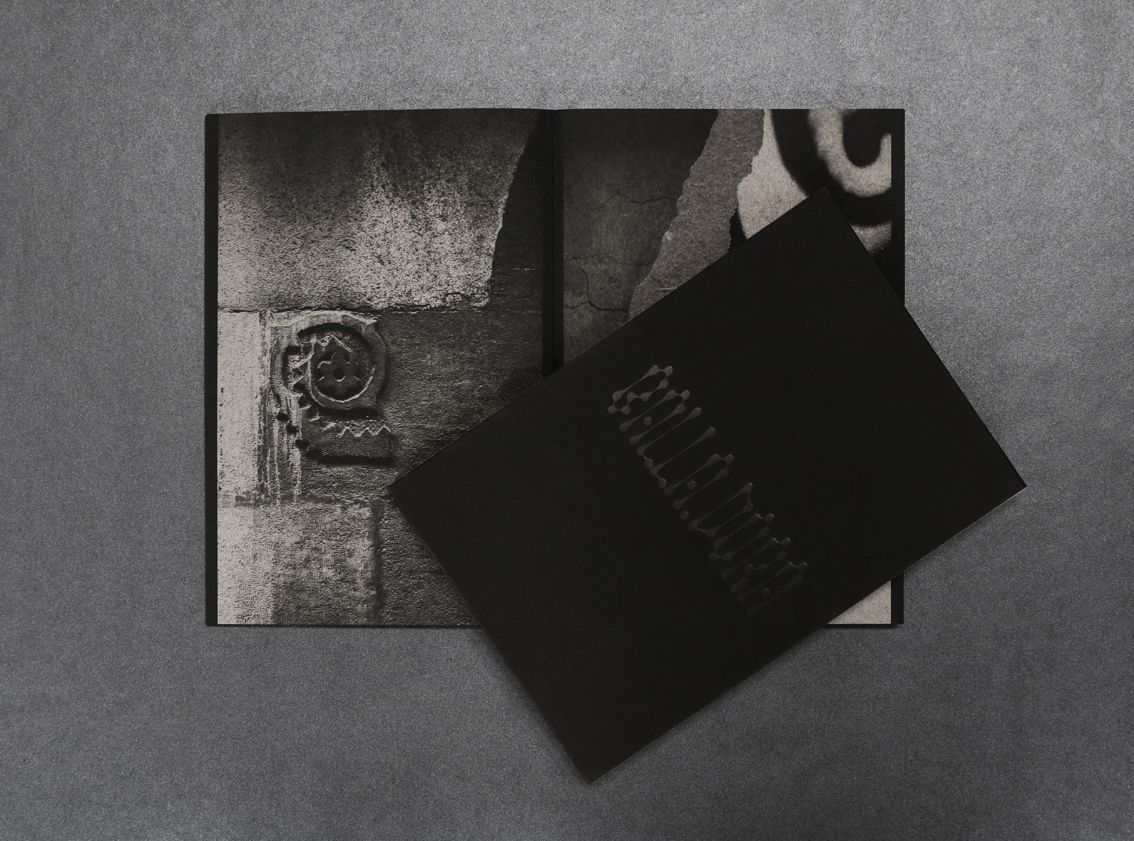
Even though the publication presents Budapest, it is not a tourist guide in any sense of the word— at the same time, it is not a self-serving work we cannot relate to either. It is rather an authentic, personal visual diary about the hometown of the creator; our perishing capital whose beauty is rooted exactly in this decay and constant change. The imagery of the book documents the real sense of the city, the aesthetic of decay, the rhythmical alternation of beauty and devastation, and, above all, the passage of time. Dóra Balla traces the first steps of the making the book all the way back to her childhood, to the memory of the big tenement house on Bartók Béla út and the atmosphere of the vibrant downtown life—to the identity-shaping power of “being a citizen of Budapest”.
“I focused on my relationship as a mature and adult graphic designer with this identity of being a citizen of downtown Budapest, which is very tactile: it is based on perception. Budapest is part of me with the aesthetic of dirty staircases and the decaying, beautiful ornamentation,” she says.
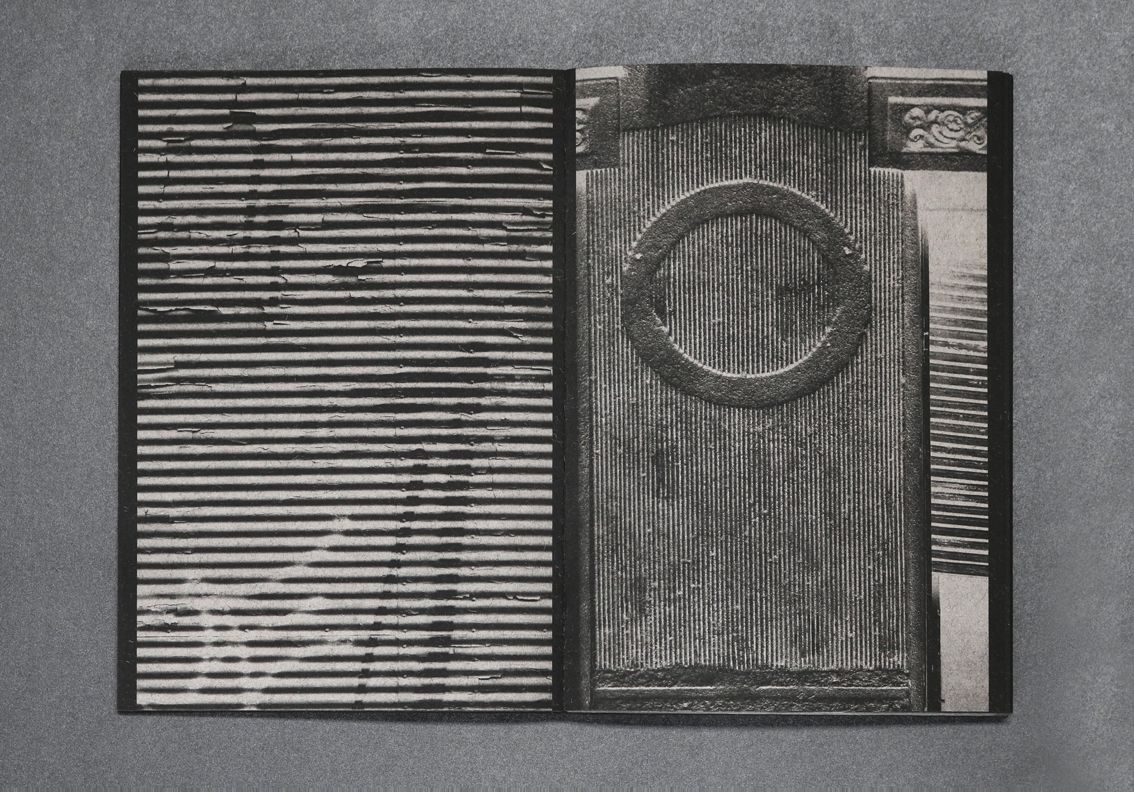
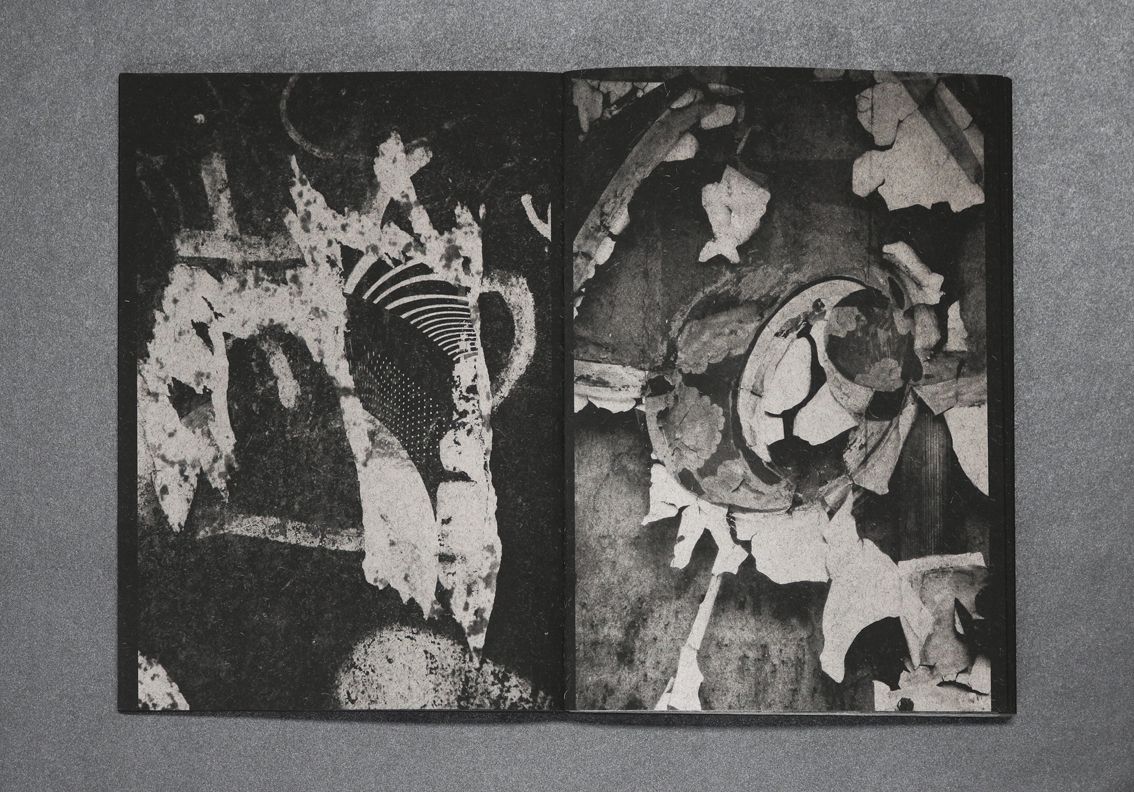
The unretouched photos are turned into abstracted, contrasted graphics by the special printing process and the paper used, looking at which the memory of the original cityscape appears before our eyes. According to the graphic artist, the making of the book was accompanied by many intuitive choices and coincidences in addition to the conscious decisions. The format of the artist book proved to be a perfect choice for this personal material, which, as opposed to an exhibition, represents temporal continuity, can reach a broader audience and as a personal object can create a closer relationship with the recipient.
In the course of making her unique books, Dóra Balla has already experimented with creative materials and new printing methods, and the publication titled Budapest does not disappoint in terms of exciting visual and printing solutions either. The photos were silver-printed on the black paper of Italian brand Favini developed in 2020, which is not only special due to its strong tactile character, but also because of its manufacturing solution: the completely eco-friendly and recyclable material is made of industrial textile waste, wool and household waste. Thus the paper also accentuates the book’s content as a metaphor of change and transformation, in addition to providing an exciting and memorable experience with its “hairy” texture. The special pages are protected by a canvas board, on which the title written in the organic, cell-like font was hot foil stamped.
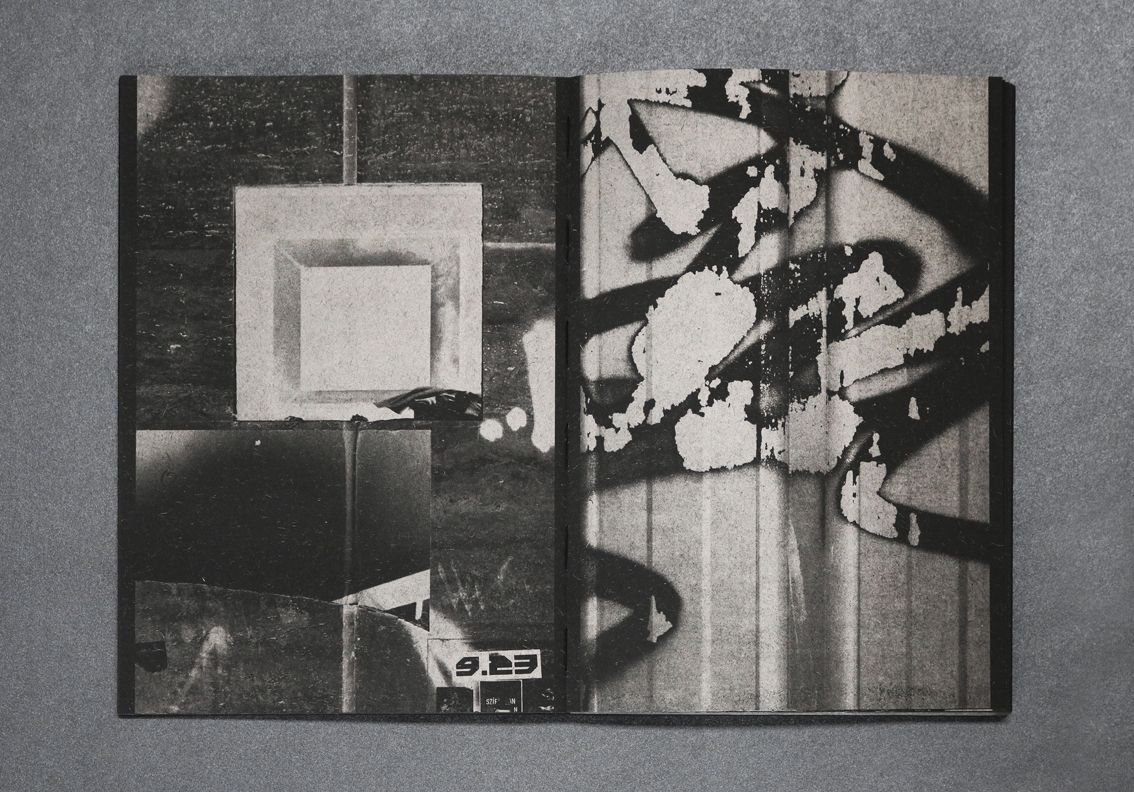
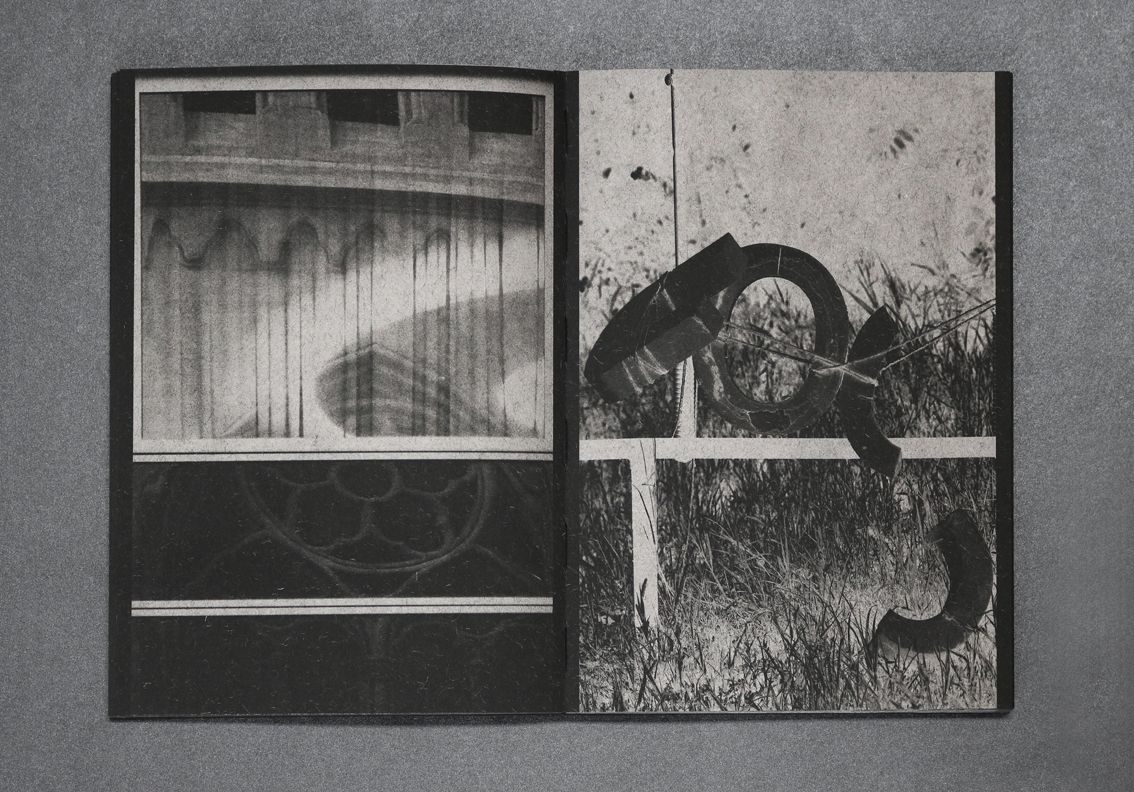
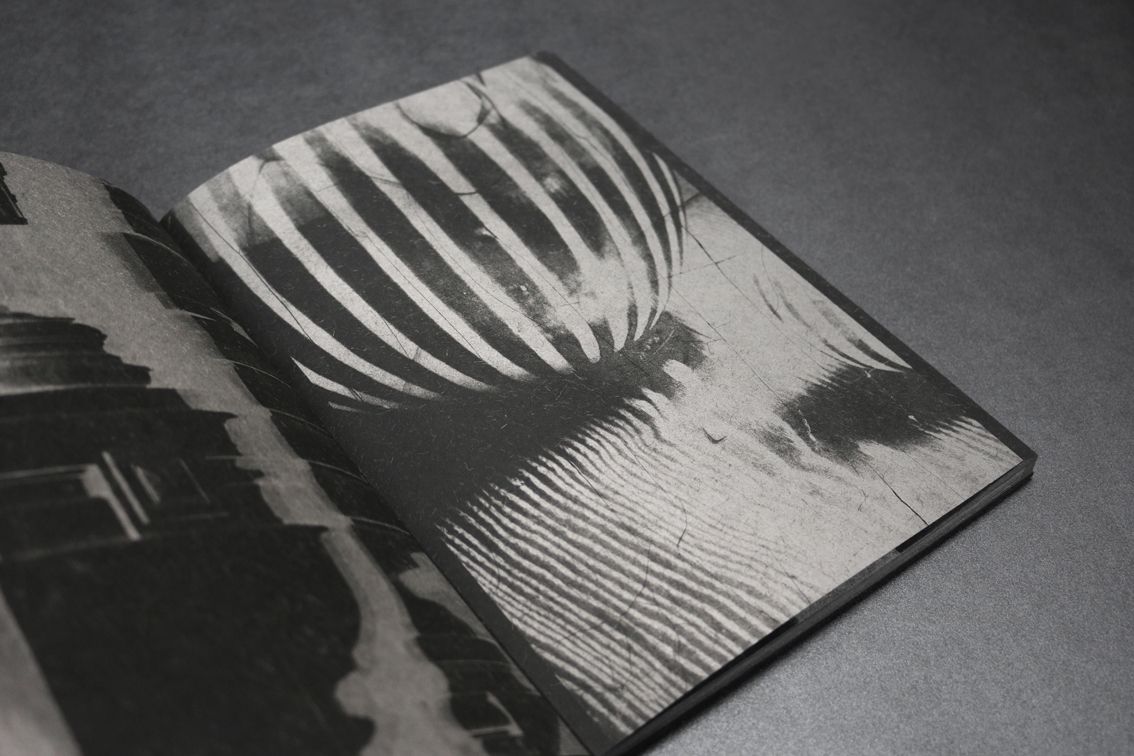
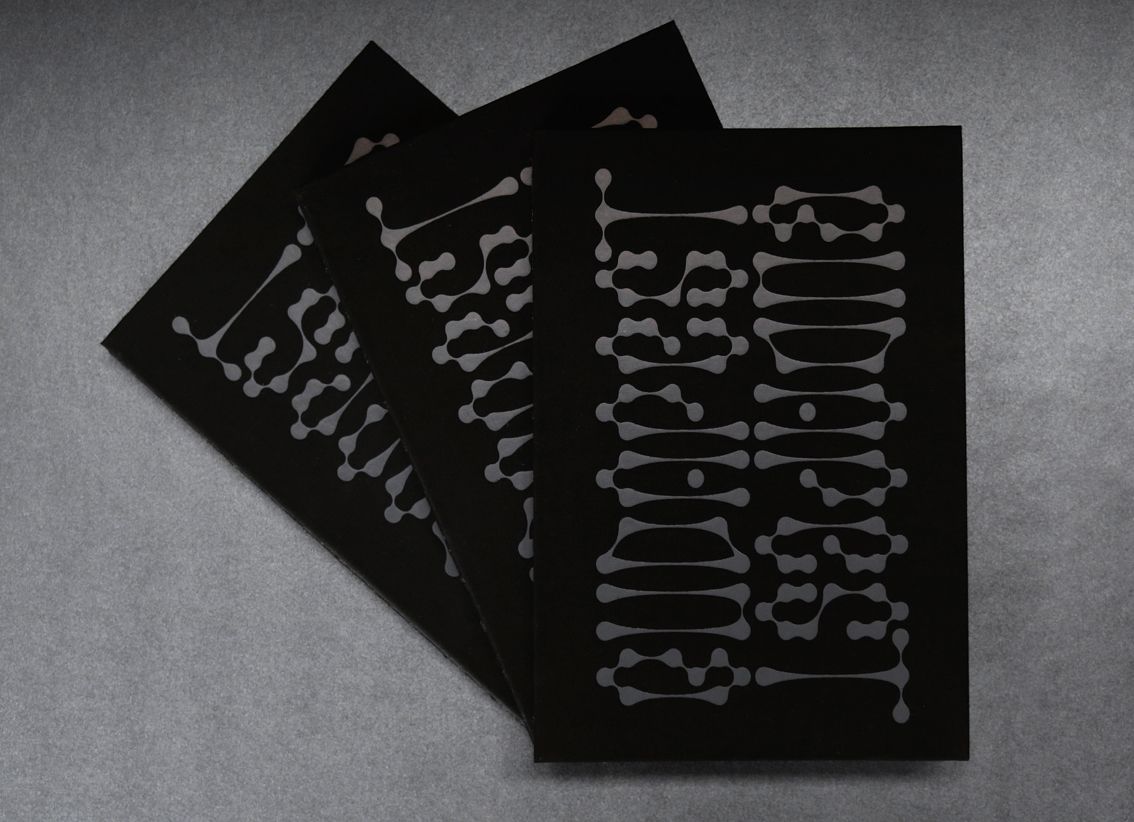
The book is currently available in ISBN book+gallery‘s store.

House on 12 legs | RJZS architects

HIGHLIGHTS | Back to Home
